To photographers, the word portraiture conjures up an image of a human subject posing for a photograph. But what if the person is no longer with us and cannot be photographed? Where are they now? I’ve asked many dear ones to contact me from the other side after they die, but the inbox in my head remains empty. Dwelling on their absence can be very sad.
Let’s take a different, more uplifting path: ‘Imago Absentia.’ I take this to mean ‘A Portrait of the Absent.’ My approach to this path is to collect photos and items of the departed and assemble them into a picture story of their life. Not a complete life, which would take tens of thousands of images. I’m suggesting a sprinkling of photos that evoke memories in our hearts and create interest for the casual viewer.
This is a colorized image of my grandfather at age 19, about ten months after completing his 3-year-long solo journey from Ukraine to New York. You read that correctly. Three years on the road by himself. The first leg of the journey from Kyiv to Rotterdam was on foot!
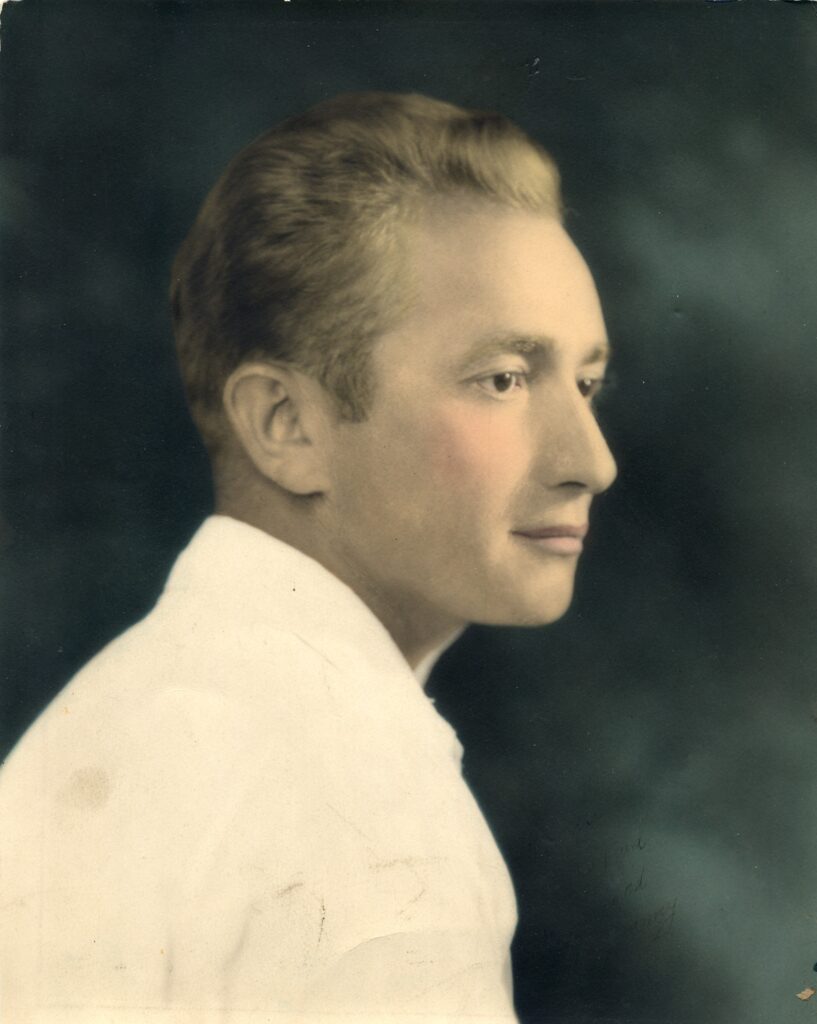
Photography is a wonderous craft, allowing us to preserve a moment of time forever. We all understand this, but we rarely stop to ponder its power before tripping the shutter. Why don’t we stop and say a prayer of thanks, like people of many different faiths do before breaking bread? There are a host of reasons, but principle among them is our acceptance of the technology. Our casual point of view diminishes the importance of each brief slice of time we’re magically recording. The magic is subordinated to our desire to get the shot. Click. Click. Done.
We’re not doing anything bad. I’m just suggesting that we slow down once in a while and absorb the importance of our actions. Film cameras enable us to do just that, and adopt a bit of this sacred concept going forward. But what about our friends and family that have crossed the River Styx? The people we wish we could photograph but no longer can? Shall we accept sadness or is there a way to pay tribute to them now? That’s where Imago Absentia is helpful.
Our images won’t necessarily evoke the same set of feelings in other people as they do with us, but if the photographs are well done, they may spark an interest to know more. If we accomplish that, our Imago Absentia will have been worth the effort.
My first attempt at Imago Absentia was a tribute to my Grampa Danny Adlin. His original name was Duvid Yedlin before he was renamed David Adlin while passing through Ellis Island in 1915. The induction officer did the best he could with the information he got from the 17-year-old boy traveling alone from Ukraine. Grampa used David for his official documents, but chose to be known as Danny. Why? I don’t know.
Danny began his journey to America when his older sister paid off Russian soldiers to let him run across the frontier into the German lines. This gamble had worked to avoid military conscription for one previous brother, but not for the one that followed Danny. He was shot in his attempt. Desperate times…desperate measures.
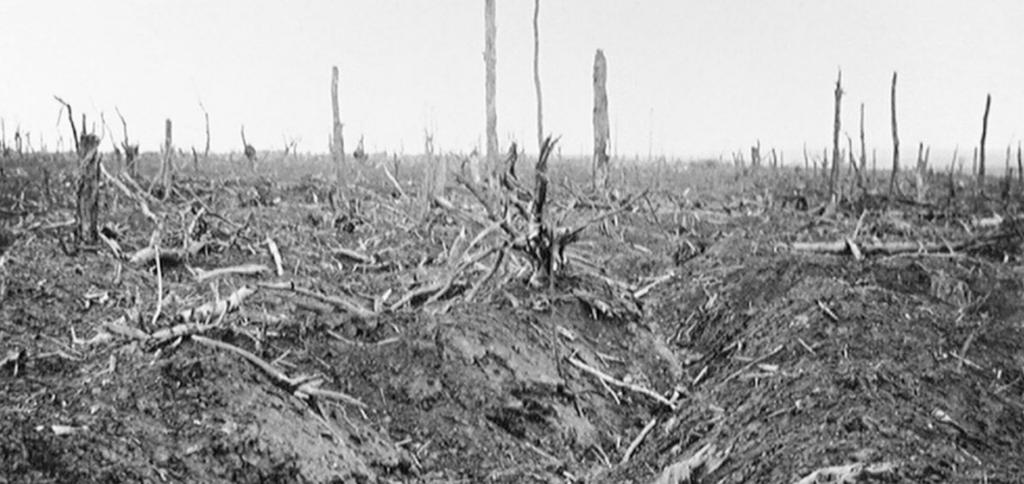
Danny had a knack for languages and was fluent in Ukrainian, Russian, and French, in addition to speaking quite a bit of Dutch. He learned these languages on his three-year solo journey from Ukraine to Rotterdam. There was no opportunity for him to learn English, so when asked for his birthdate in Ellis Island he used the only Anglo word he knew: Christmas. For the remainder of his life, we celebrated his birthday on December 25th.
I’ll begin my Imago Absentia with one of my favorite photos I took of Grampa Danny. It was taken with my first 4×5 camera when I was 17. The set up took a long time, and Danny was lost in thought by the time I got the first exposure.
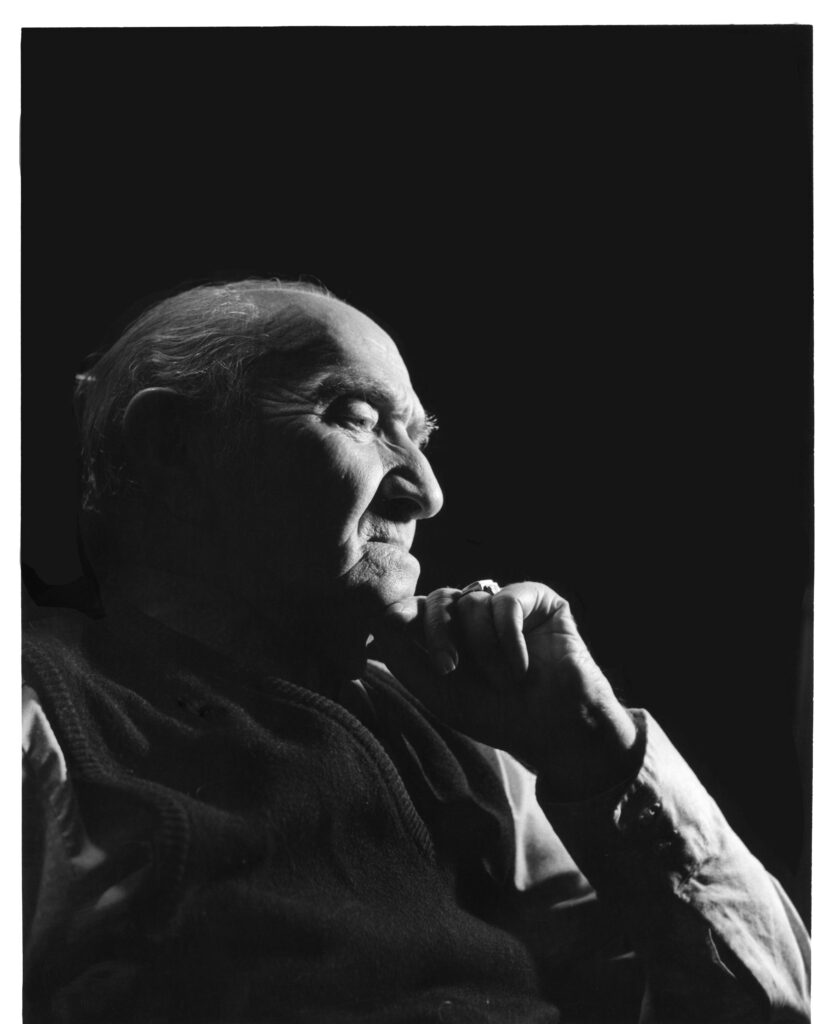
The second exposure was posed, and the lighting was softened by a diffuser. He had many scars from WW1, but the most noticeable was just above his lip from shrapnel.
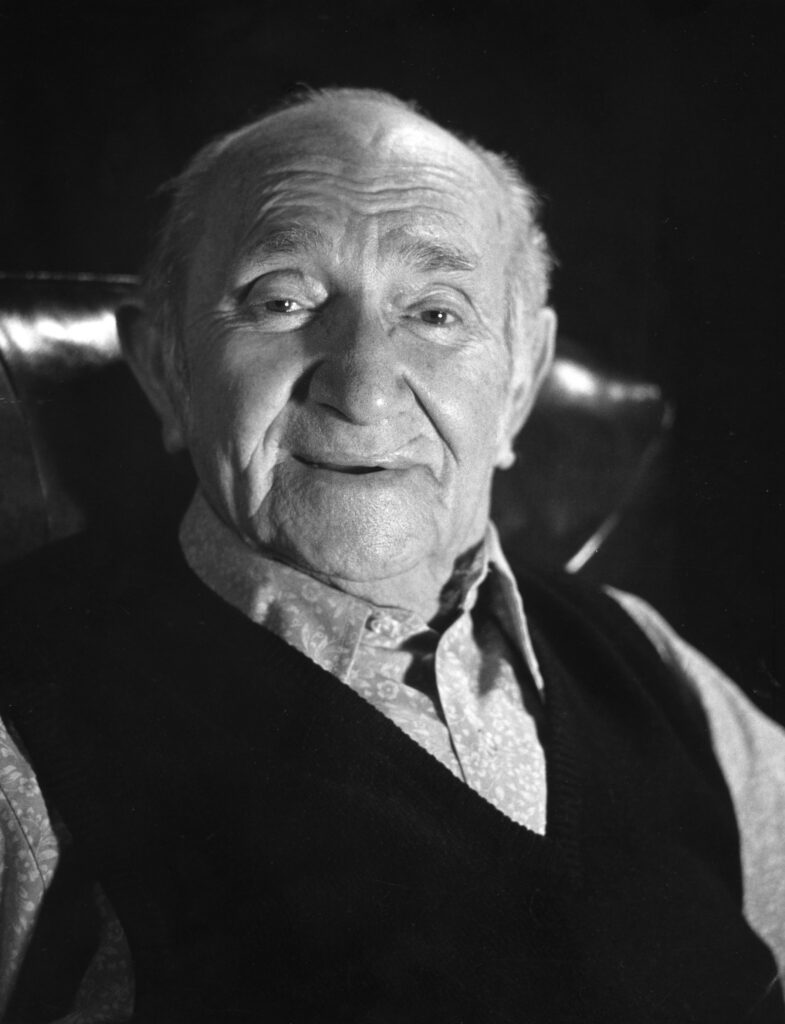
This next photo represents elements from a time nearly 70 years before the portraits I took. Danny arrived in New York after three years on the road, he wanted to treat himself. He found a Russian restaurant in Brooklyn and ordered a big meal. After finishing, he paid with a Russian bank note his father had sewn into the lining of his coat. It was not well received, but the owner of the restaurant let him work off the dinner bill by washing dishes. Danny kept the Russian money, and it appears in this photo. Danny worked there for three weeks, while members of the Ukrainian community helped him locate his brother in Philadelphia. Danny walked there to join him. New York to Philadelphia was a short stroll compared to Ukraine to Rotterdam.
The scissors, measuring tape, and thread, were the items of Danny’s trade as a tailor. He supported his family with those tools.
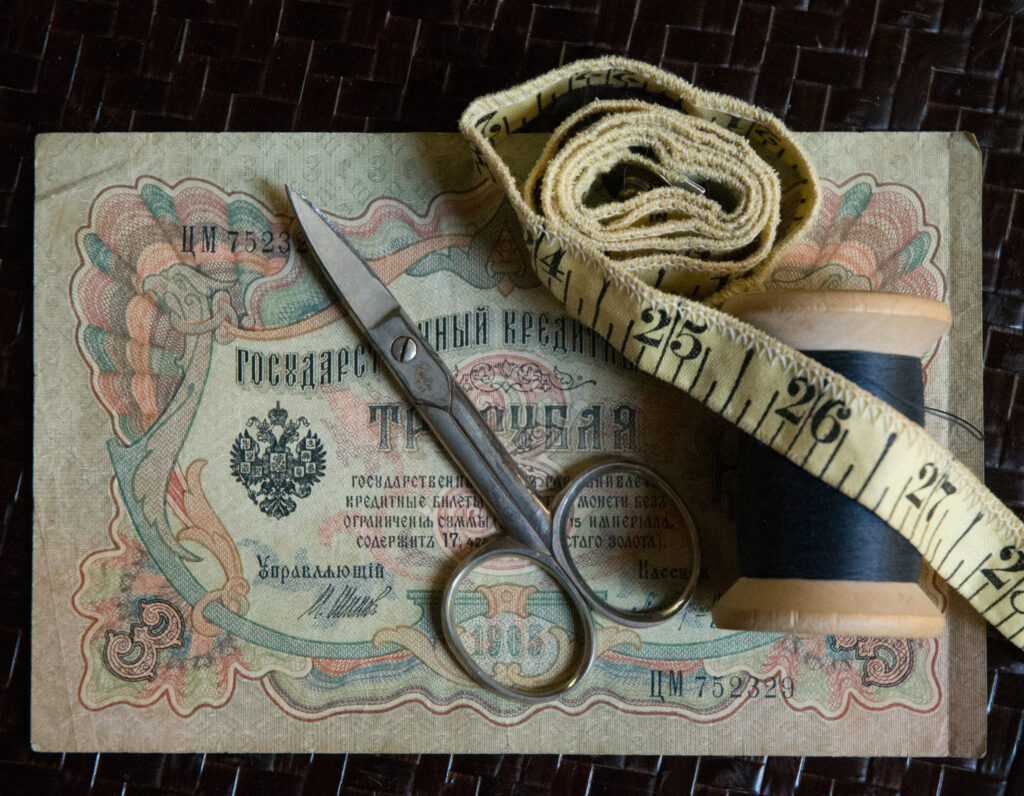
Let’s turn the clock back even further: When Danny first arrived in America, he was unable to find steady work, so he joined the American Expeditionary Forces and went to war in the 1st Infantry, an American regimen that fought under a French commander before the U.S. officially entered the war. His language abilities enabled him to become a sergeant. This is him with some army buddies. He’s the one in the middle. These friends were also native Russian speakers.
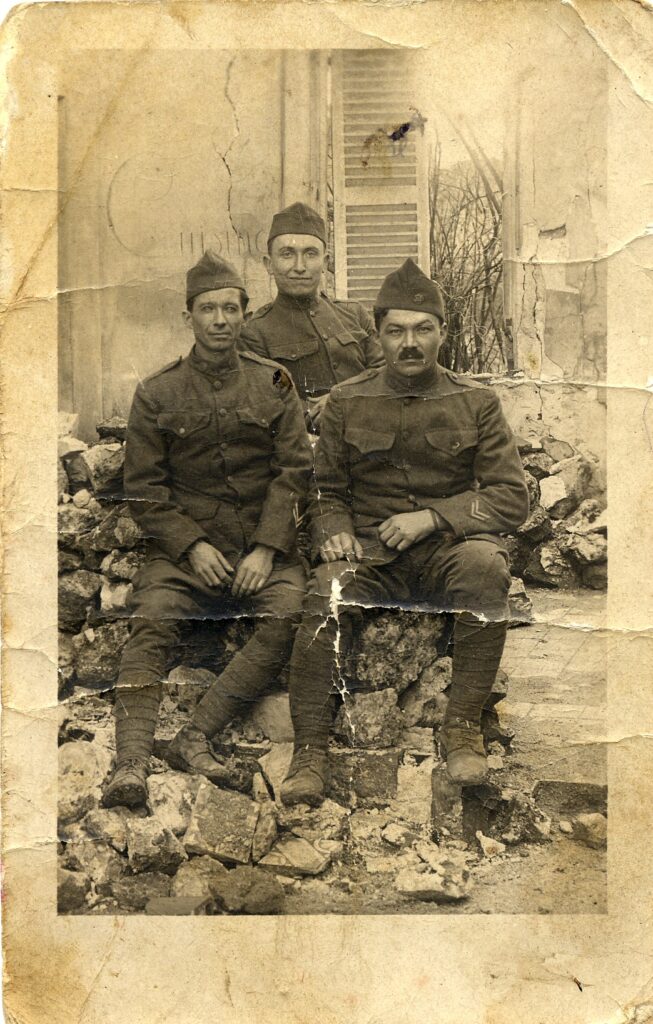
After Danny returned from military service, he was shown several photos of Ukrainian girls living in Los Angeles. He selected Rose Dubinsarsky, aka Rosie Dubin, and they were married a month later.
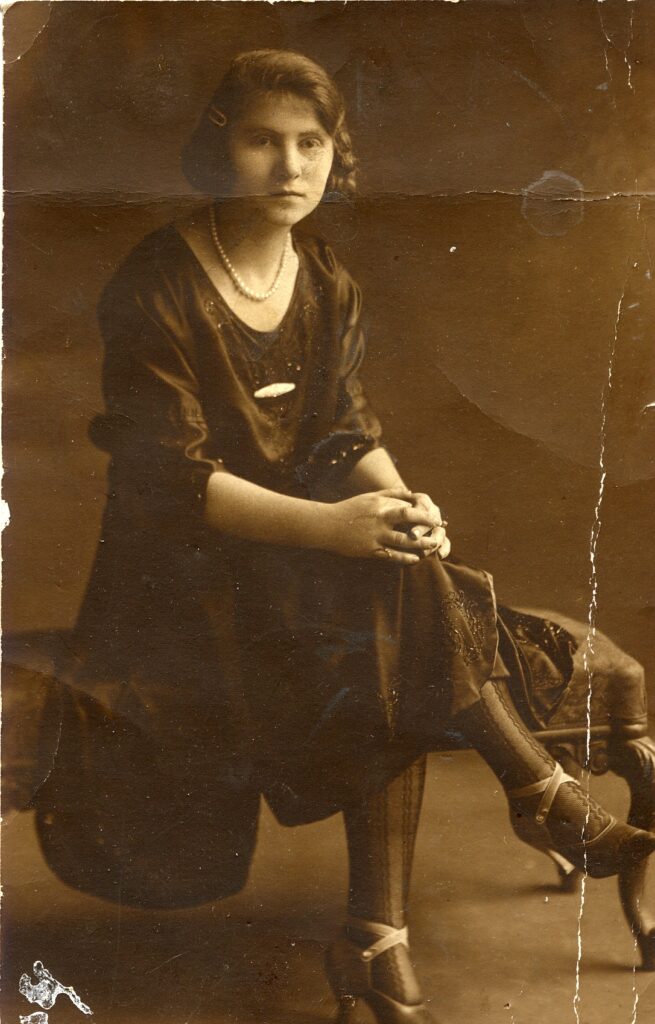
Here’s a real treasure: The wedding photograph of my grandparents in 1919 or 1920. I think photos like this are rare among immigrant families in that period because they were probably taken by a professional. I don’t know who took this, but it was certainly a flash powder photo, since it predates flash bulbs, but the action is frozen. There is also some light streaking and possible residual smoke from what might have been a previous exposure. Who knows?
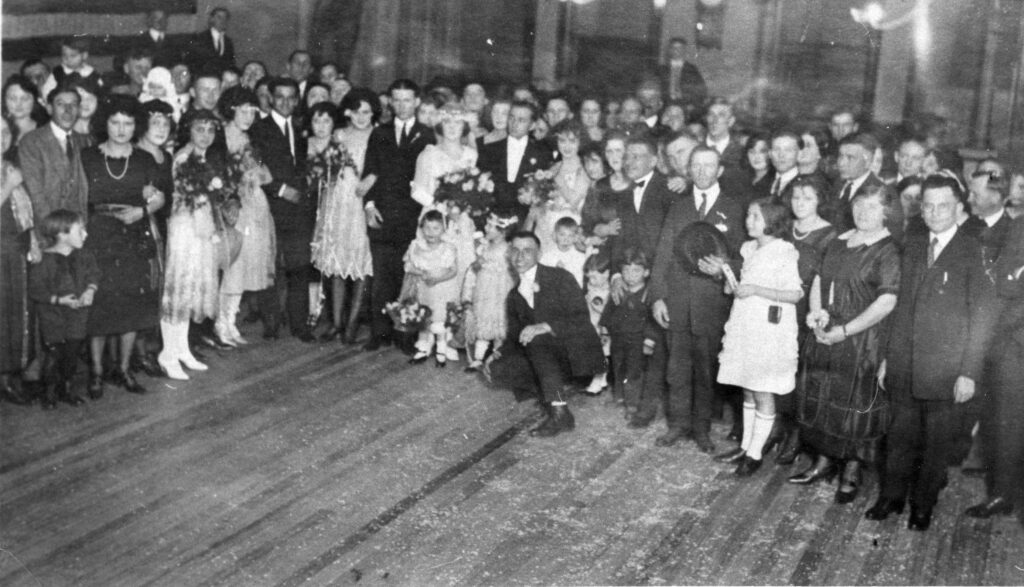
This is his discharge document. He always carried it with him when he traveled and proudly displayed it in a frame wherever he lived. One time, on a trip to Paris with my grandmother, the only room available in a pension was on the third floor. Danny couldn’t make that climb because both his legs had been broken by machine gun fire in the battle of Belleau Wood. He showed the owner his wounds and his discharge papers. The owner of the pension moved his own family into the upstairs rooms and gave my grandparents their street level apartment for two weeks, free of charge. My grandfather loved telling that story!
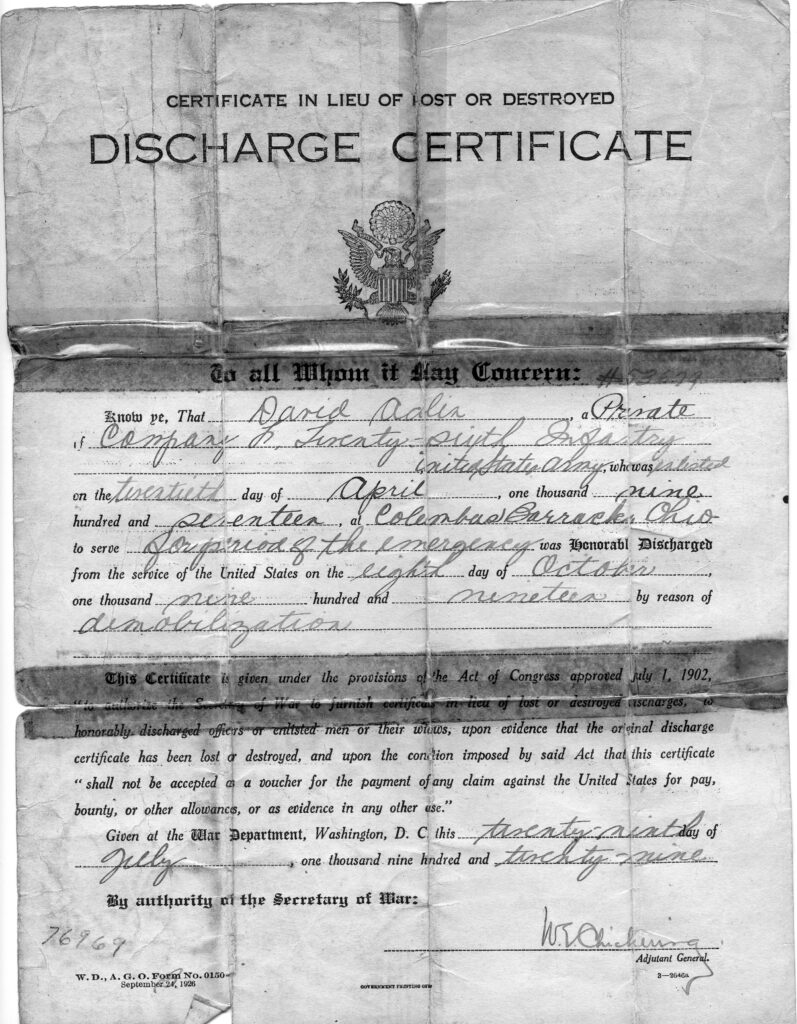
Here’s photo of the passport my grandparents used on their travels. Note the birthdate: December 25.
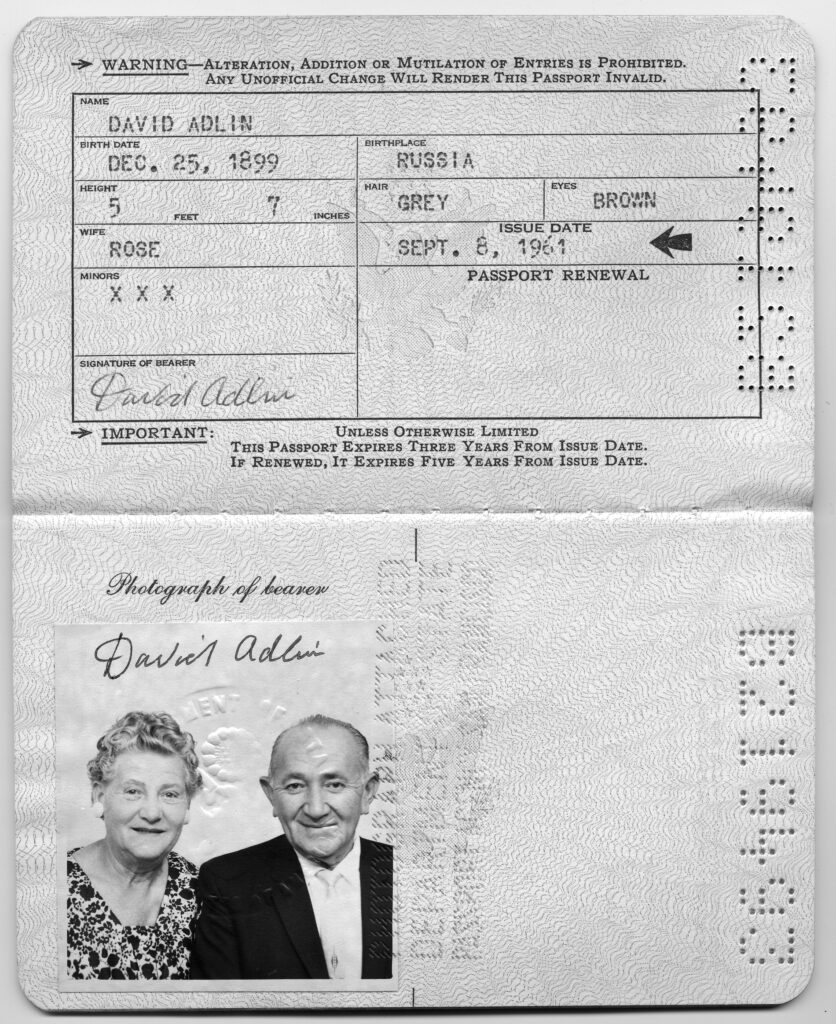
Danny made all the formal clothing for his family until he could no longer see well enough to sew at age 75. Here’s Danny and daughter Mildred, my mother, posing with a business suit he made for her when she got a job as a secretary for the War Department in 1940.
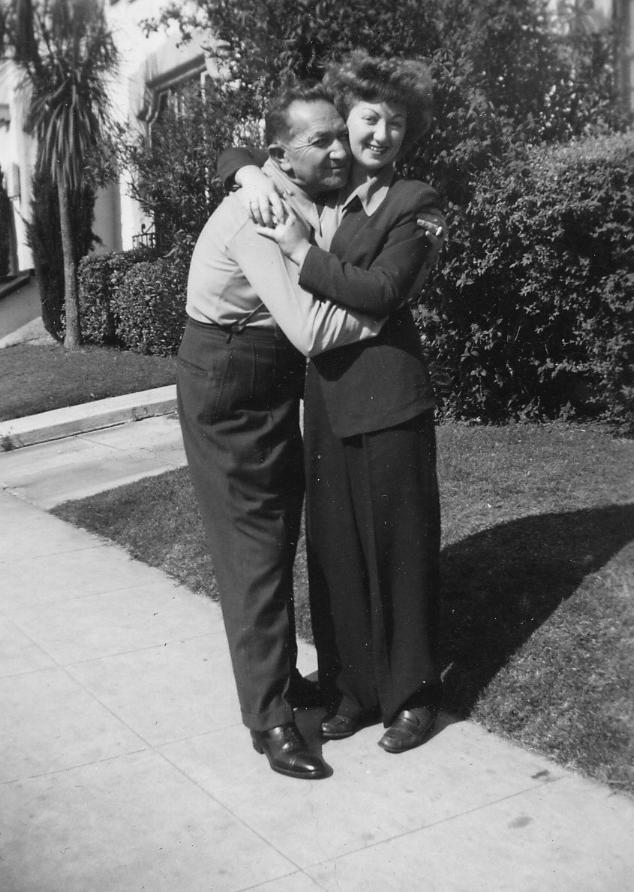
Danny was very good with his hands. I have a few of his tools. If he couldn’t fix a broken item, he didn’t want to own it.
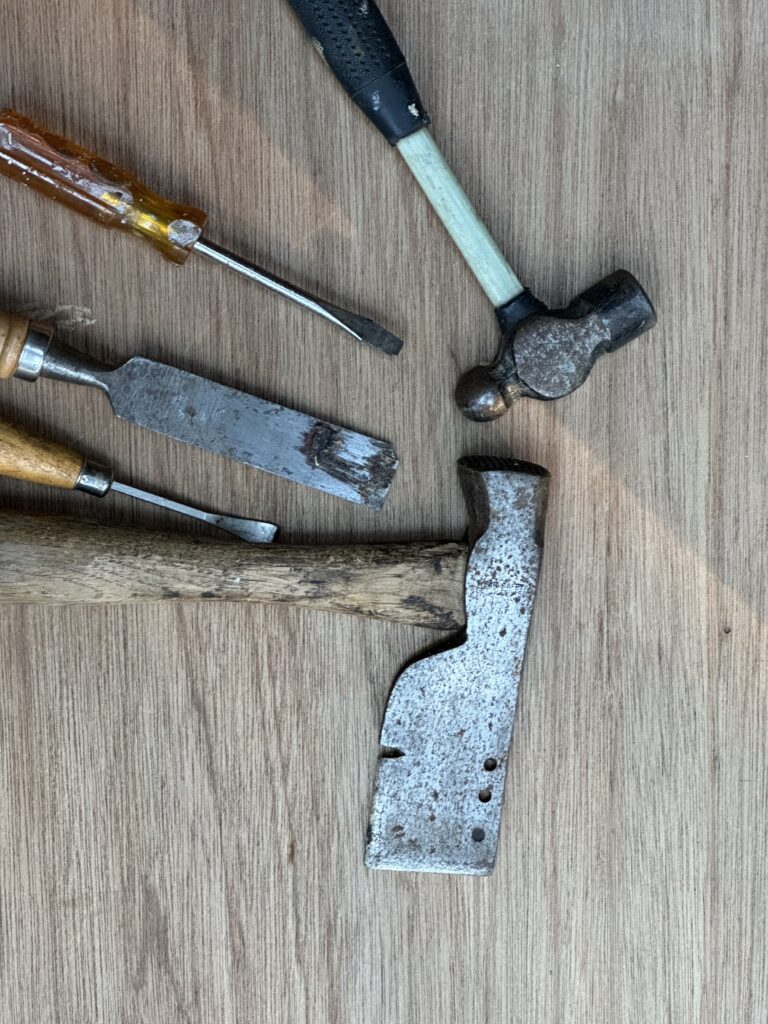 This final shot is one of Danny and Rose wearing matching hand-sewn silk suits made by my grandfather. Silk was his fabric of choice. He always wore a silk suit, even when he took me fishing. This is my favorite photo of my grandparents. They’re leaving on a cruise to Hawaii on their 45th wedding anniversary.
This final shot is one of Danny and Rose wearing matching hand-sewn silk suits made by my grandfather. Silk was his fabric of choice. He always wore a silk suit, even when he took me fishing. This is my favorite photo of my grandparents. They’re leaving on a cruise to Hawaii on their 45th wedding anniversary.
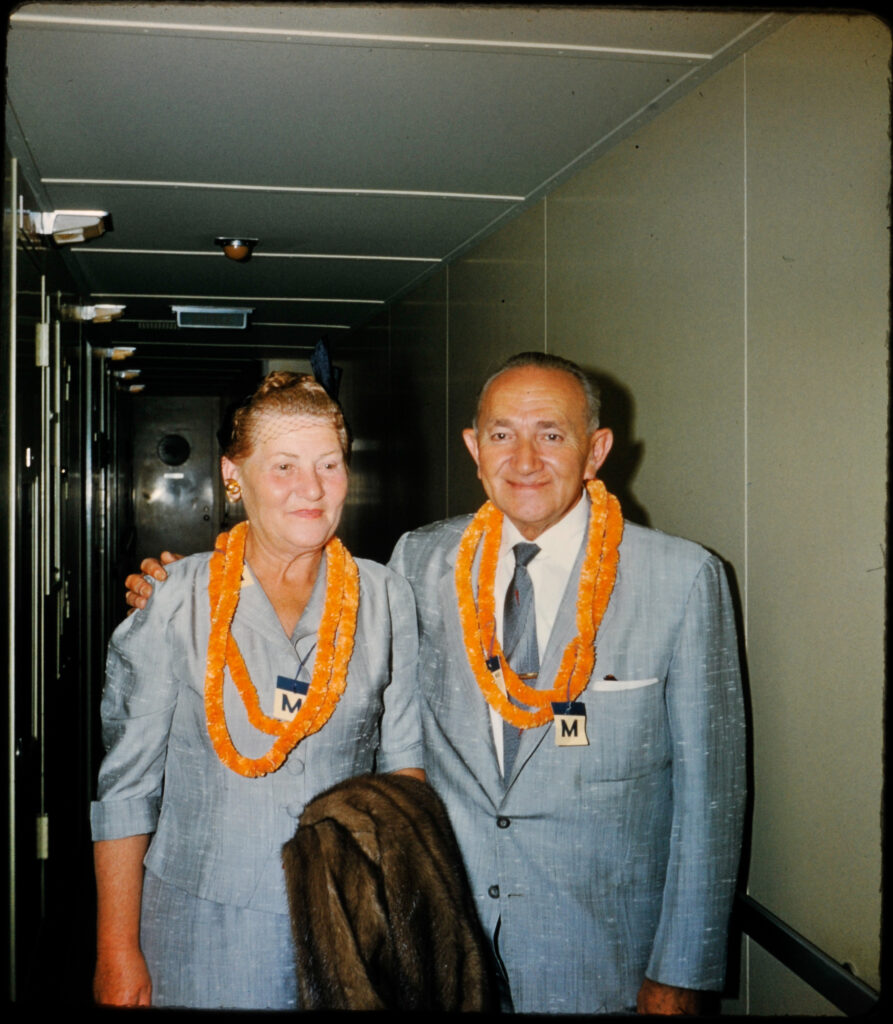
Well, there you have it. You’ve met my grandfather, Danny Adlin, and my grandmother, Rosie.
Share this post:
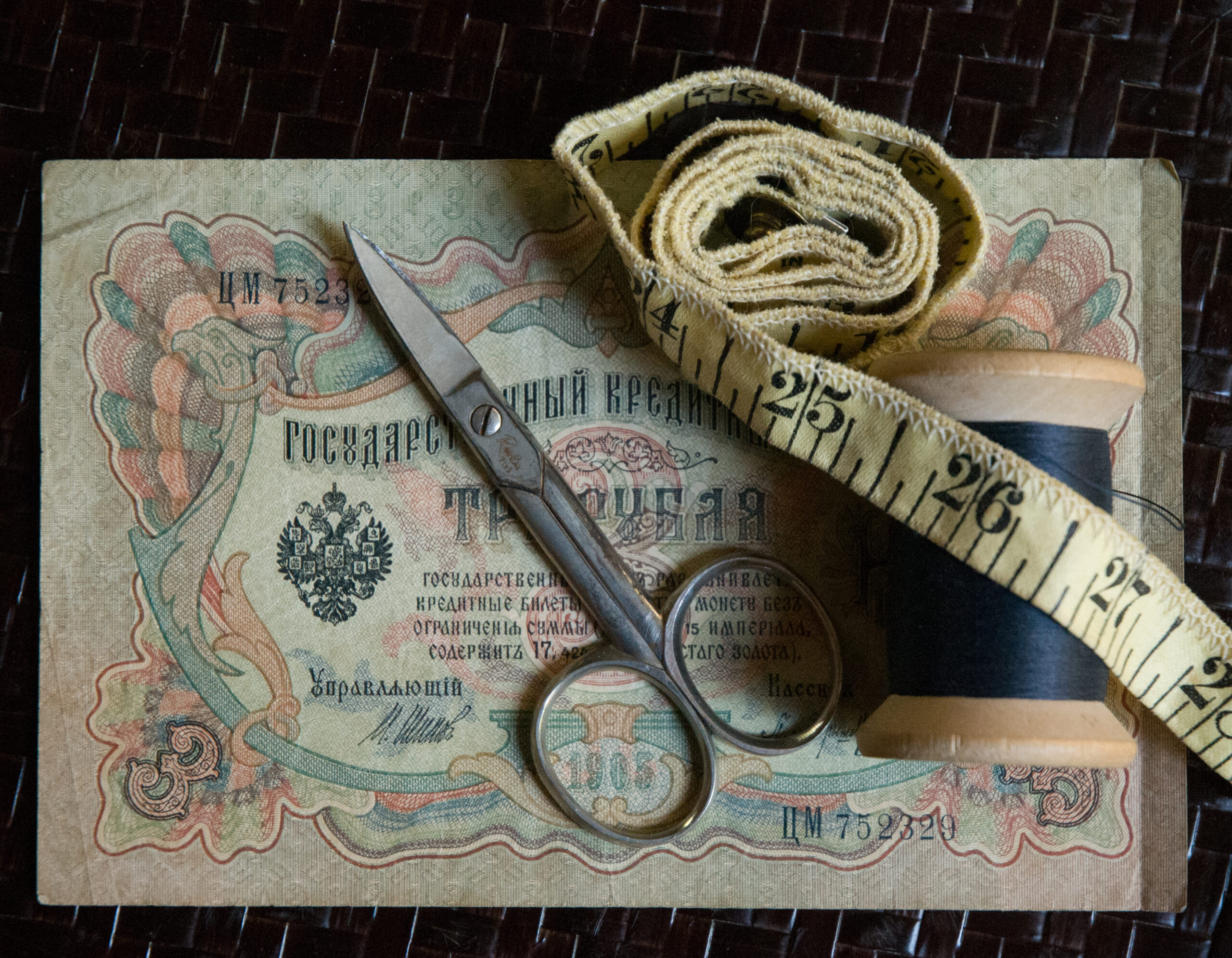
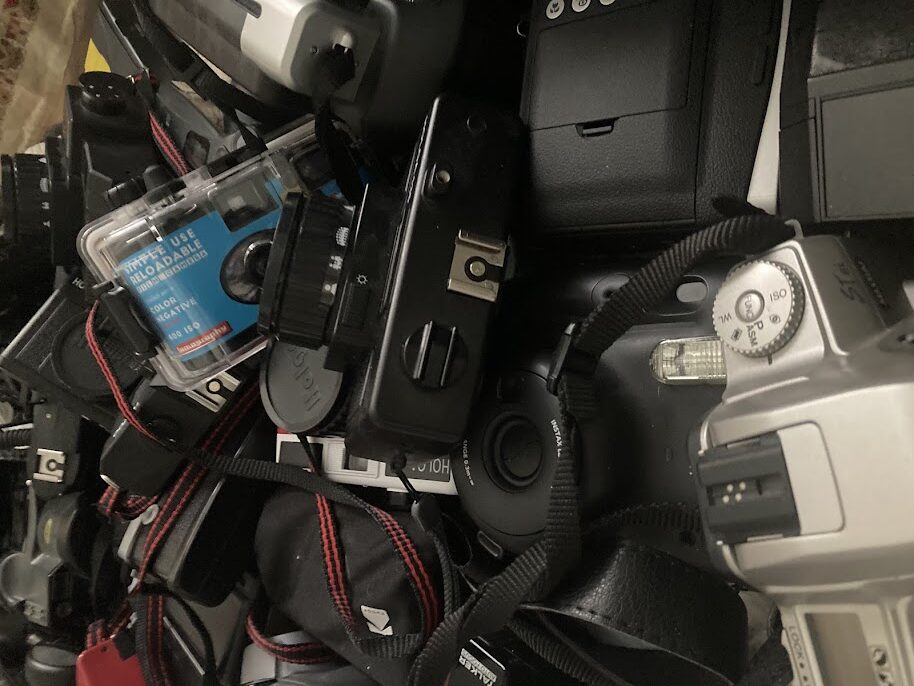
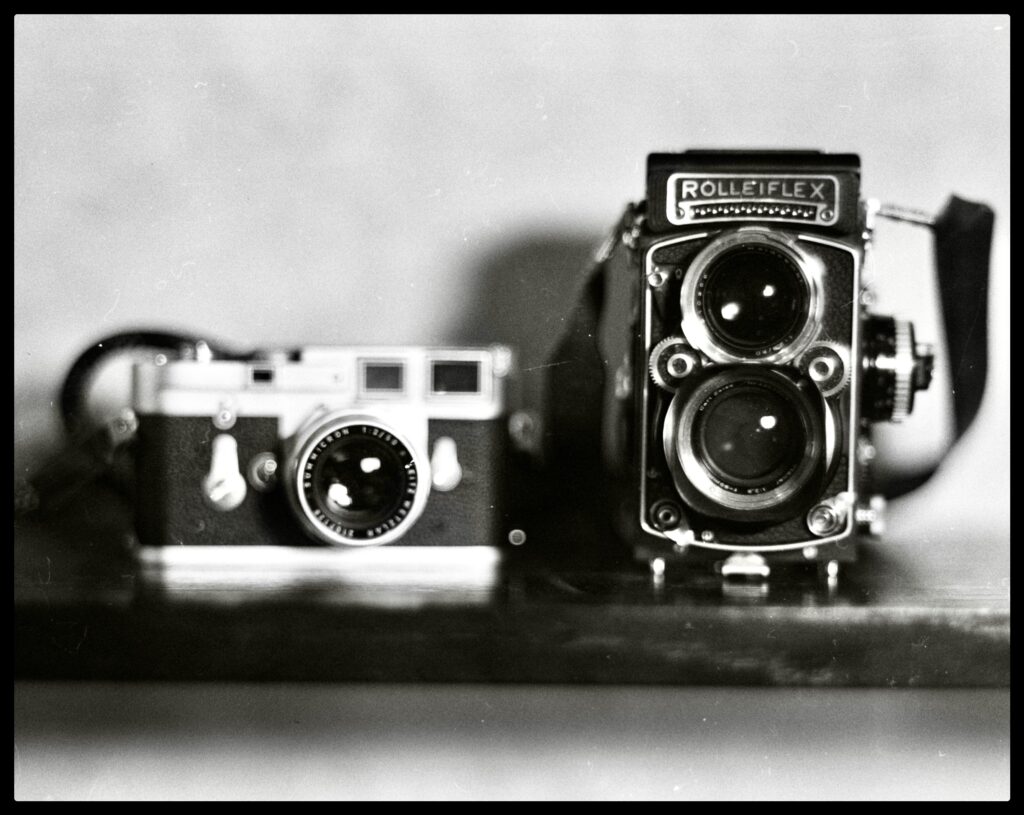
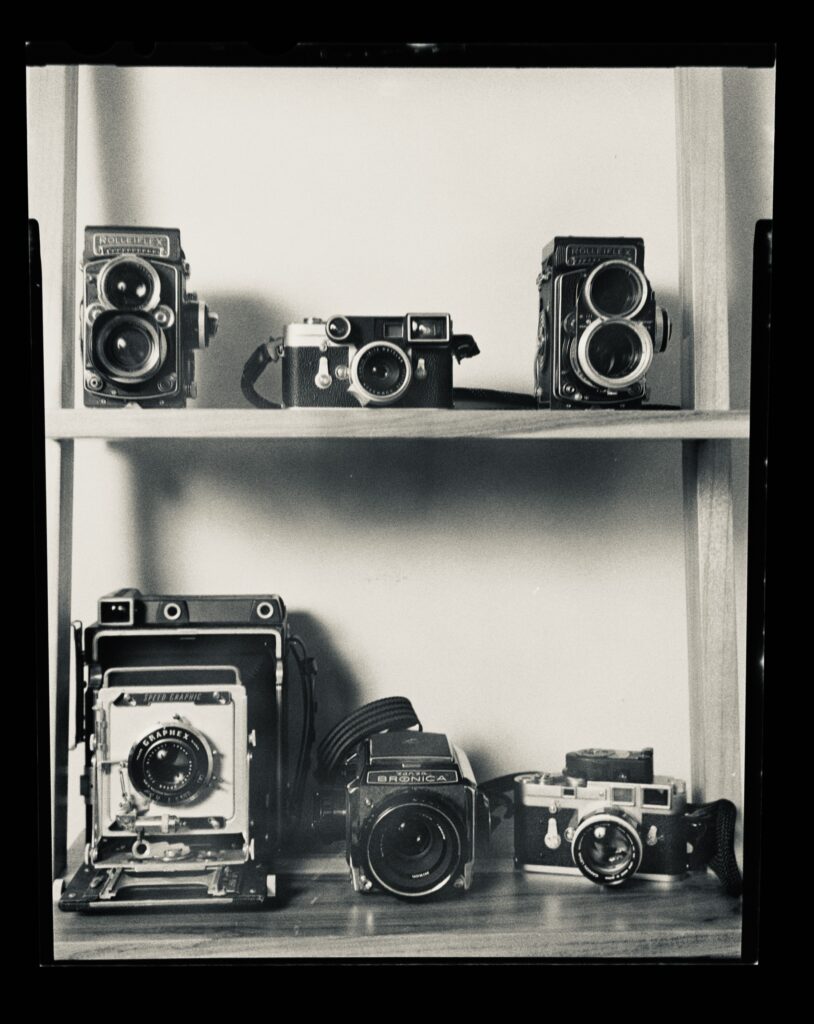
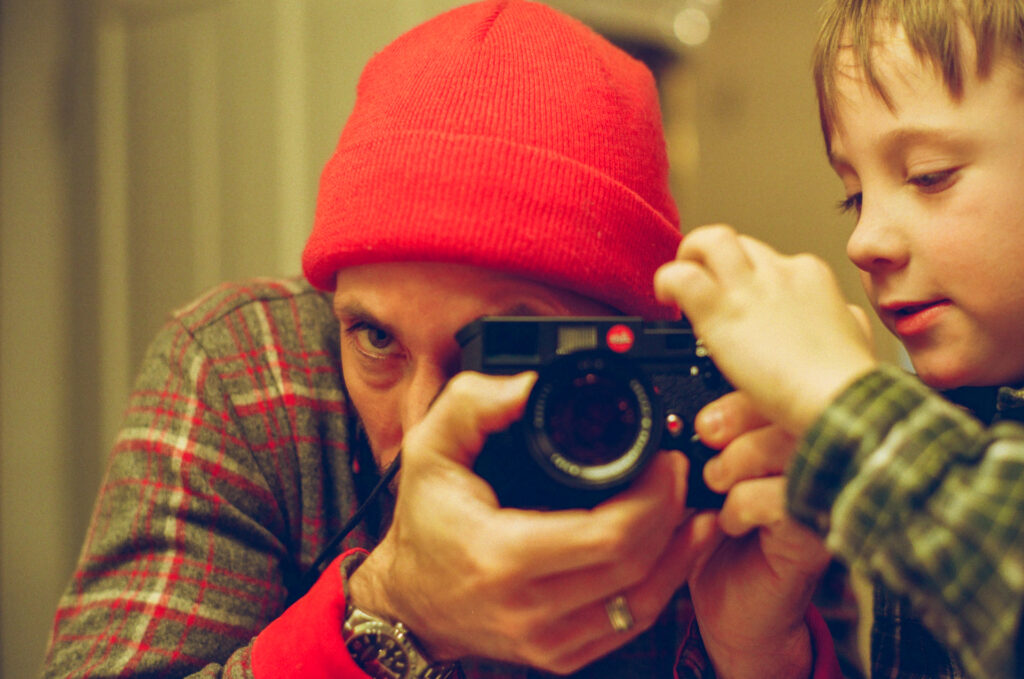

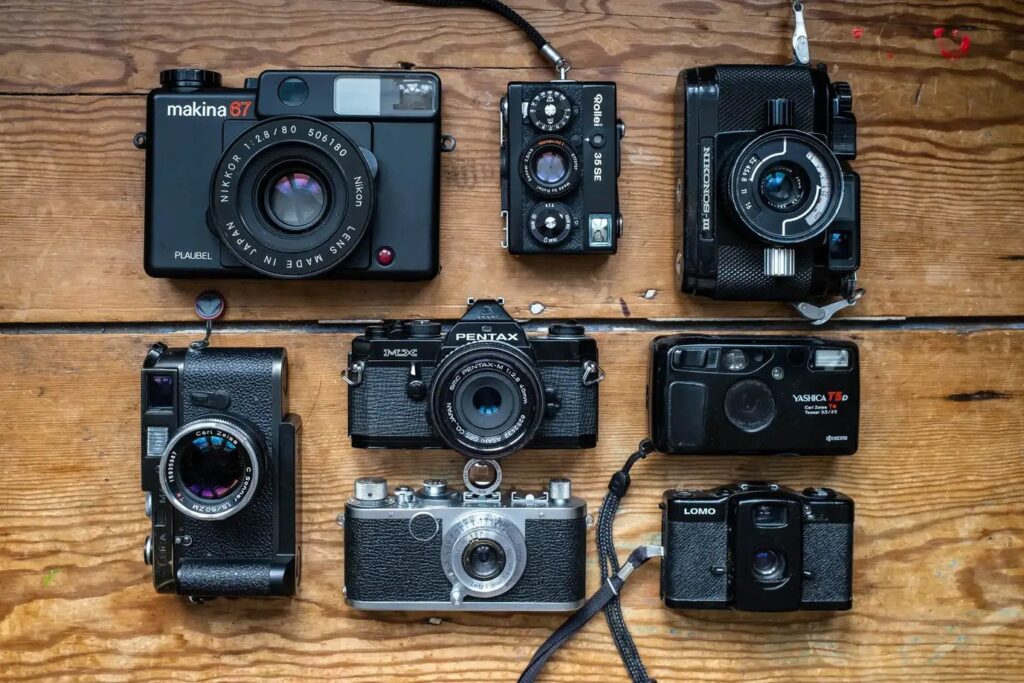
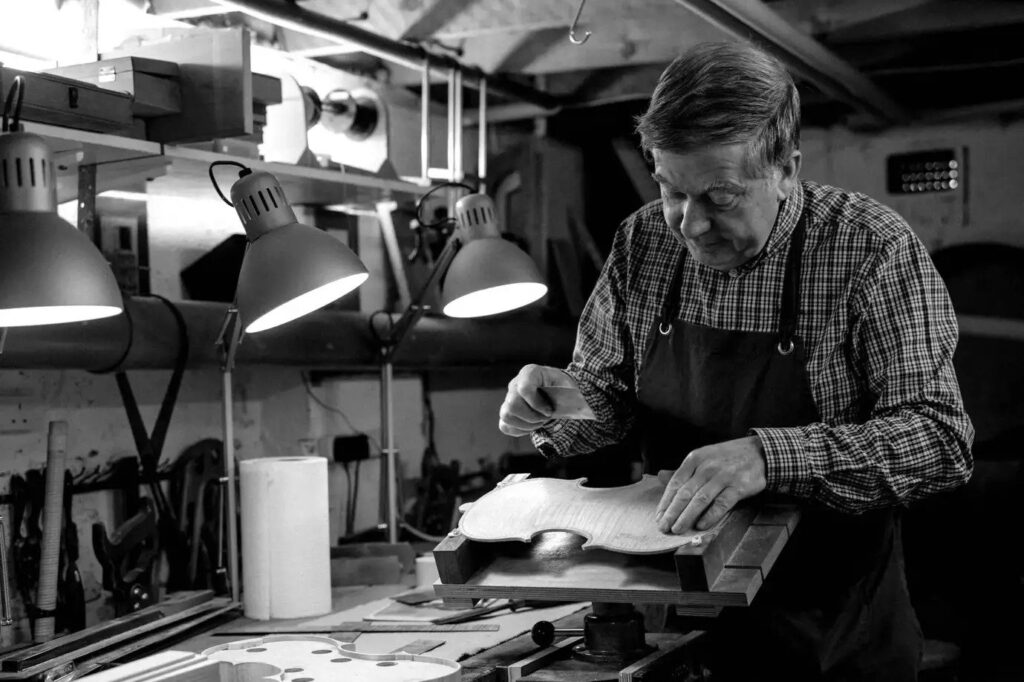
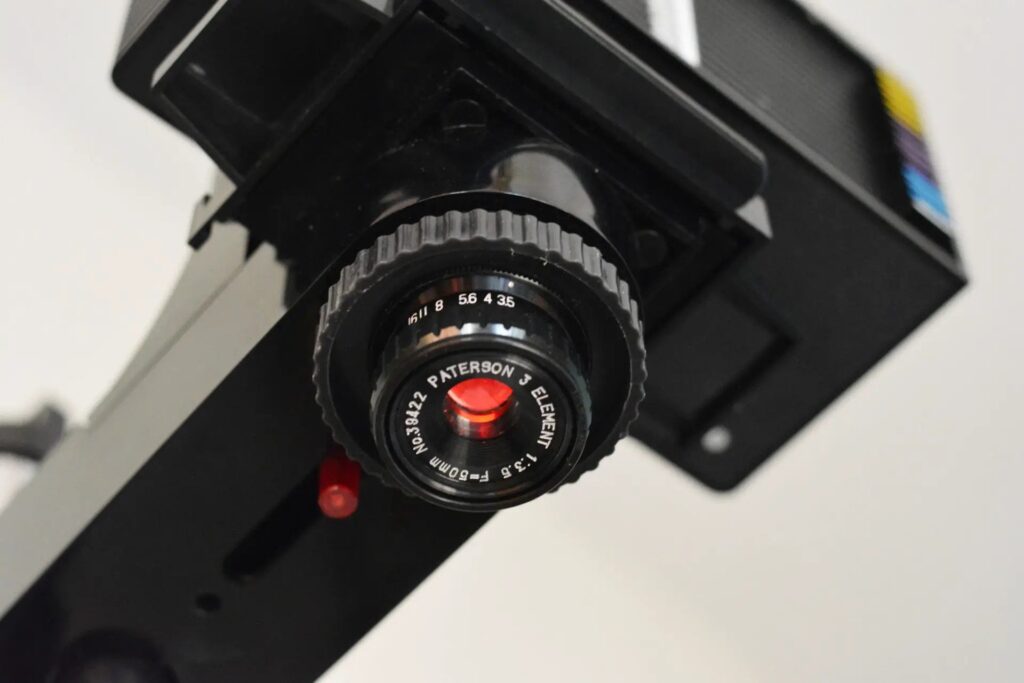
Comments
Alan Withington on Imago Absentia – A Portrait of the Absent
Comment posted: 01/02/2025
Thanks for a great read and if you don't mind, I will borrow your 'slice of time' we are magically recording' line for my next photography class?
Best Wishes
Alan